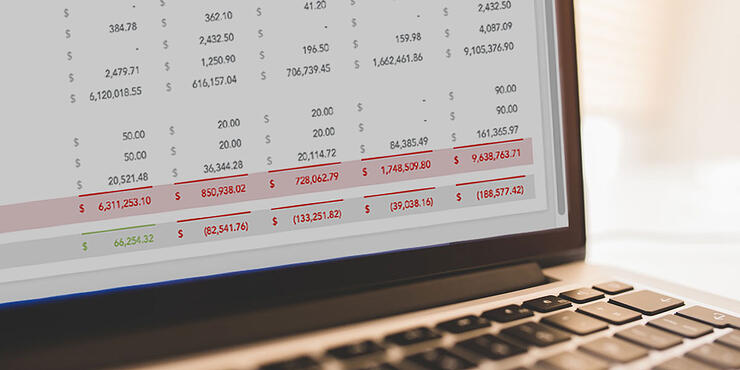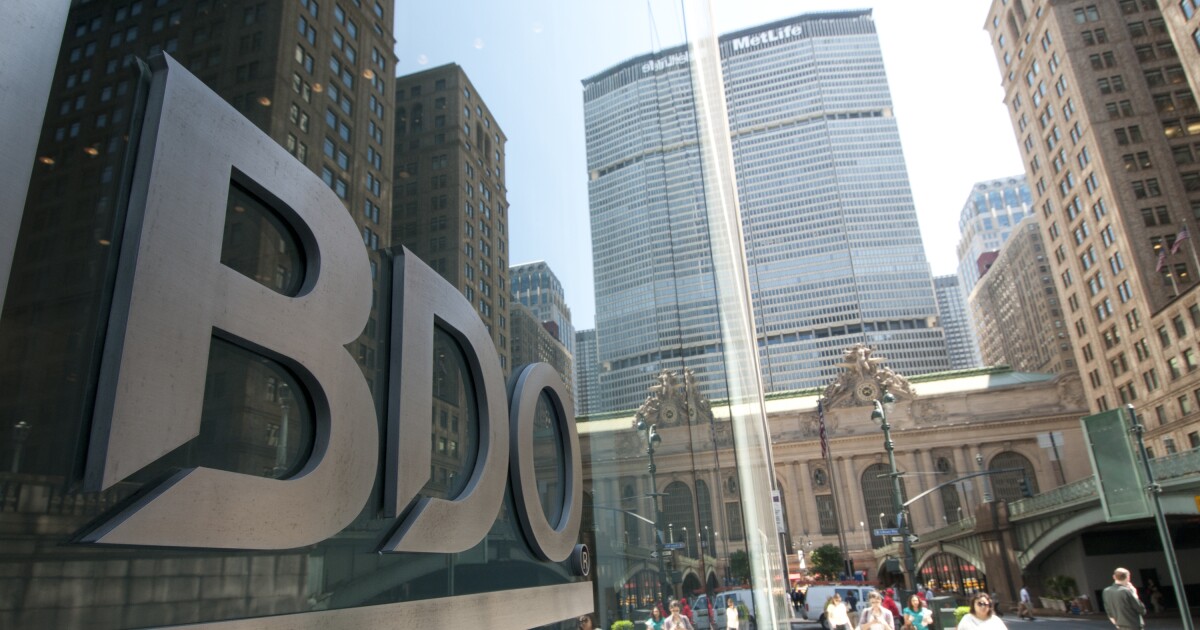If you are a new business owner wondering, “What is cash flow?” you’re not alone. The finance world is full of jargon and complex concepts that can be hard to keep track of.
Fortunately, cash flow is a relatively easy concept to understand. Briefly, cash flow refers to the movement of money in and out of a business, reflecting the company’s health and liquidity. Understanding cash flow makes it easier to manage day-to-day operations, project future finances, and prepare for conversations with prospective investors.
In this guide, we’ll provide an in-depth understanding of cash flow statements and show you how to manage your cash flow.
As you’re scaling your business, indinero’s fractional CFO services are here to support you. We’ll handle your accounting needs at a fraction of the cost of a full-time employee so you can focus on growing your operation.
Components of Cash Flow
Net cash flow contains three distinct categories of financial flows. Stakeholders use these components to assess how likely a company is to see long-term success.
- Operational: Funds generated or consumed by a company’s core business activities, such as sales, salaries, and overhead.
- Investing: Monetary exchanges related to long-term asset purchases, property, and equipment.
- Financing: Flows related to capital structure, including issuing or repurchasing stock, paying dividends, and managing debt.
Those relying on intuition from personal finance might think of cash flow in binary terms: positive is good, while negative is bad. For businesses, the concept is more nuanced.
A fast-growing company might subsidize operational losses with debt or equity financing. On the other hand, a struggling organization might have positive operational cash flow but be net negative due to debt service obligations. Whether or not a company’s cash flow is “good” depends on context.
Cash Flow vs Revenue
It’s easy to confuse these two terms, but there is an important difference.
Revenue represents the total income a company earns from its core business activities. Cash flow focuses on the movement of money in and out of a business, regardless of source or destination.
How to Calculate Operating Cash Flow
Investing and financing cash flow is important for growth, but for a business to succeed, it must generate a positive operating cash flow; if the core business isn’t profitable, nothing else matters.
Operating cash flow is derived by adjusting net income for non-cash items and changes in working capital.
- Net income is gross revenue minus expenses.
- Non-cash items most commonly include depreciation and amortization.
- Changes in working capital refer to the difference between current assets and current liabilities.
Operating Cash Flow Formula
Operating Cash Flow = Net Income + Non Cash Expenses + Changes in Working Capital
How to Read a Cash Flow Statement
The amount of information in a cash flow statement can be overwhelming, even for trained professionals. Here is a brief list of rules to help you read a cash flow statement.
- Figures in brackets are outflows (negative) while those without are inflows (positive).
- Most statements will include the current and previous fiscal year, allowing stakeholders to gauge trends.
- The statement is divided into operating, investing, and financing activities.
- Operational cash flow begins with net profit (or loss). It’s computed in detail on an income statement and imported into the cash flow statement.
- You can’t add the numbers from top to bottom to calculate net cash flow. Double counting would throw your calculation off since sections are summed individually and then compiled into a total.
- Despite the name, non-cash activities such as amortization and depreciation can also appear as line items. They’re included to provide a holistic view of financial performance.

Cash Flow Statement Example
Reading a list of rules and formulas isn’t the easiest way to understand this concept. Instead, let’s look at a cash flow statement example using Amazon’s 1999 report.
Since the most challenging part of reading financial statements is the amount of information on the page, we’ve abbreviated much of this example. Some line items have been collapsed into a single “other” category, and the figures have been rounded and reported in millions rather than thousands.
We encourage you to compare this condensed statement with the original document (page 36), particularly where one subsection ends and another begins. The indentations and underscoring can be disorienting. Use our example to orient yourself; each “net” line item will match Amazon’s document.
Amazon.com INC. Consolidated Statements of Cash Flows (in millions)
| 1999 | 1998 | |
| Operating Activities | ||
| Net Income | (719) | (124) |
| Depreciation and Amortization of Fixed Assets | 280 | 53 |
| Inventory | (172) | (20) |
| Prepaid Expenses | (60) | (16) |
| Other | 581 | 138 |
| Net Cash Used in Operating Activities | (90) | 31 |
| Investing Activities | ||
| Sale of Marketable Securities | 4024 | 332 |
| Purchases of Marketable Securities | (4290) | (546) |
| Purchases of Businesses and Fixed Assets | (656) | (47) |
| Net Cash Used in Investing Activities | (922) | (261) |
| Financing Activities | ||
| Proceeds From Long-Term Debt | 1263 | 325 |
| Repayment of Long-Term Debt | (188) | (78) |
| Other | 29 | 7 |
| Net Cash Provided By Financing Activities | 1104 | 254 |
| Net Cash Flow | 92 | 24 |
| Cash at Beginning of Period | 25 | 2 |
| Cash at End of Period | 117 | 26 |
Reading the Statement: How to Calculate Net Cash Flow
Note that in the example above, the statement is divided into three subsections (operating, investing, and financing) and includes subtotals. To calculate net cash flow, take the sum of each of the subtotals:
1999 = -90 – 922 + 1104 = $92 million
1998 = 31 -261 + 254 = $24 million
Finally, add “net cash flow” to “cash at the beginning of period” to determine cash at the end of the year.
Analyzing Amazon’s Statement of Cash Flow
When analyzing a cash flow statement, start with two questions:
- Does the company have a positive net income?
- If not, does it have the cash flow to survive until it becomes profitable?
Amazon is a unique business, but we chose its 1999 cash flow statement because the tension between positive cash flow ($92M) and large net losses ($719M) is instructive. At some point in your business, you might be facing a situation where you are unprofitable but have access to credit or investors.
Between 1998 and 1999, the following occurred:
- Net operating losses ballooned from $124M to $719M. Even after accounting for amortization, depreciation, and changes in working capital, they still lost $90M.
- Before considering any other expenses, payments on long-term debt alone amounted to $188M. Their statement of operations reveals this was 65% of their gross profit for the year.
- They took on an additional $1.2B in long-term debt, exceeding all gross profits earned since inception.
- Revenues increased by ~$1B while gross profit only increased by $150M.
Take the view that profit from operational activities must eventually outpace the subsidization debt and equity provides. Then, put yourself in the shoes of an early 2000s investor.
Would you have bought in?
Many didn’t. Amazon’s position was precarious, and critics wondered how effectively they could compete with established brick-and-mortar retailers. Their success may seem inevitable in hindsight, but it was perfectly rational to have said no at the time.
Cash Flow Planning
Cash flow is the key to planning for the short-term survival of a business. Here are a few tips to ensure your company maintains positive cash flow.
Use Breakeven Point as a Benchmark
Most businesses aren’t profitable at first. Setting your breakeven point, where revenue equals expenses, as the end goal will clarify and simplify your goals.
Look at Debt Through the Lens of Cash Flow
Business owners have the privilege of thinking differently about debt than individuals. For instance, spending $10,000 on a 20% interest credit card is risky. Salaries are fixed in the short term, and the only way to pay it off is by cutting spending.
However, that same investment in the hands of an entrepreneur carries only a $300 monthly payment. Could you turn a $10,000 investment into at least $300 monthly income? It’s possible.
Build a Highly Productive Team
Bootstrapping startups make the mistake of hiring less experienced workers to save money. However, their skill level may force you to spend more time and resources onboarding and training than the cost savings were worth.
Hiring the best candidates, even if they’re more expensive, can earn you more money in the long run.
Be Strict About Receivables
Having customers pay upfront will make it easier to manage expenses and overhead.
You can offer discounts or ask for advances or deposits for long-term projects to encourage timely or early payments. If you take credit payments, have a written policy determining who is eligible for credit and who is not.
Maintain a Six-Month Emergency Fund
Having at least half a year’s savings in the bank is standard wisdom in personal finance and applies to entrepreneurs as well. A degree of safety is important to plan for the future.
This doesn’t mean having six months of cash available, though that is preferable. Businesses manage their finances differently than individuals; lines of credit are also acceptable.
Keep Good Records
It’s impossible to project future cash flows without understanding current costs and revenues. For more information on creating a system that helps you track expenses and save money on taxes, give our guide on tracking business expenses a read.
Conclusion
Cash flow measures money coming into or leaving a business, regardless of source. Understanding cash flow statements can help entrepreneurs plan for their future finances and evaluate the balance between operational, investment, and financial flows.






